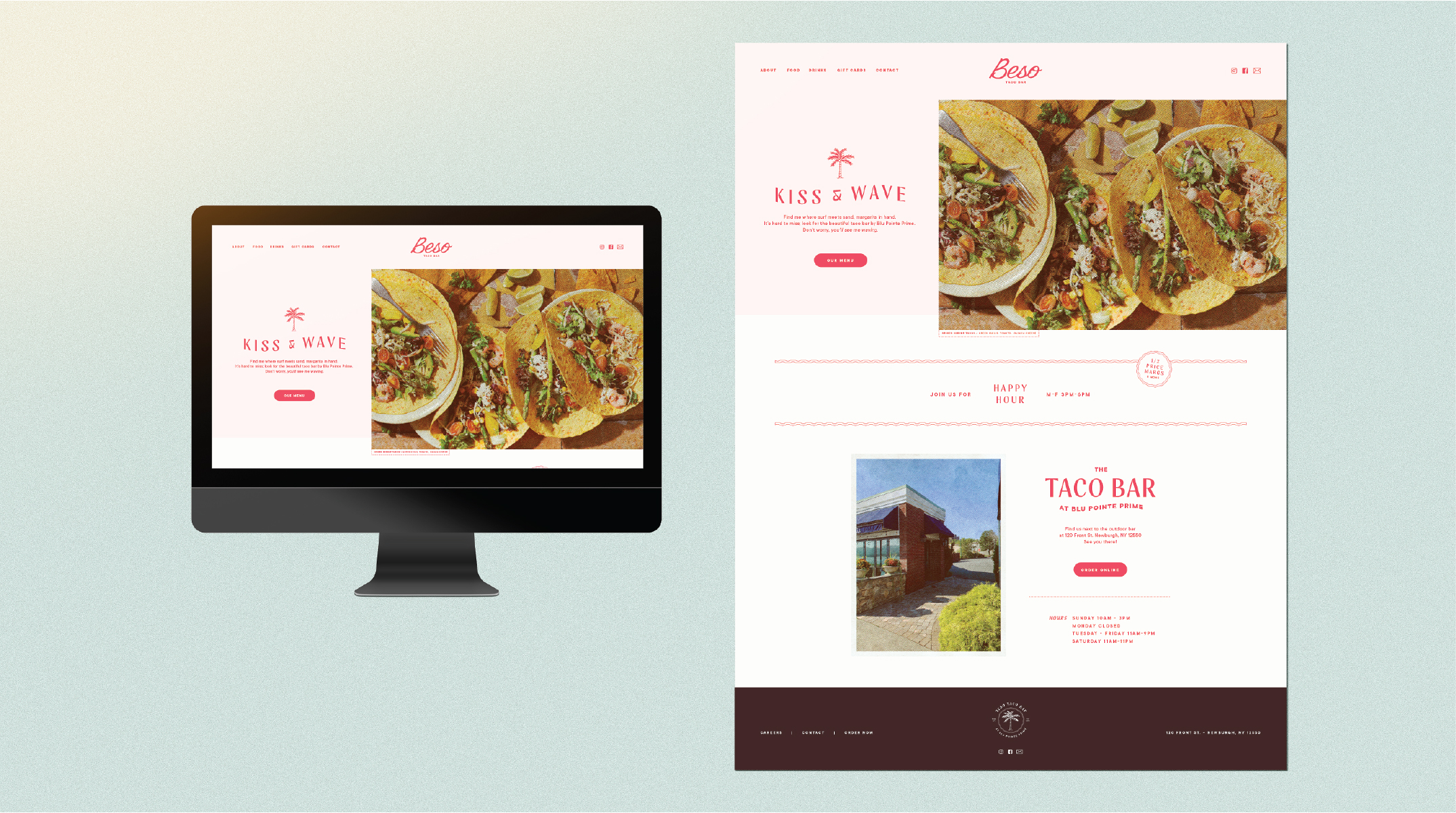Naming Pitfalls New Restaurants Fall Into, And How To Avoid Them
A name sets expectations, communicates your identity, and shapes your first impression long before anyone tastes your food. Yet too many new restaurant owners rush the process or overlook how a name lands with real customers. Here are three common naming pitfalls we've seen throughout the industry, and how to avoid them.

Going With The First Idea
As more and more competition grows, overused naming tropes make a new business fade into the background. If you drive down your town's main street, you're going to run into multiple Kitchens, Cafés, Tables, Taverns, and Grills. These familiar restaurant naming tools have been around for ages, and by bringing them to your concept, you're immediately placing your business in the center of a crowded pool. Words like the ones mentioned can be a great springboard as a secondary descriptor of your concept, but unless it's core to your restaurant's identity, find something distinctive to stand out from the crowd.
Take time to explore multiple options based directly on what makes your restaurant unique. Ask yourself, "Does this name reflect my food, my story, and the atmosphere I want guests to feel?" Look for combinations of words and descriptors you wouldn't expect, and sit with them. Developing your restaurant's name can be as difficult as developing it's menu, and as such, give it the same level of care.
Skipping Real-World Testing Before Launch
A name might look great on paper but fall flat when spoken aloud or printed on signage. Some names are confusing to pronounce, difficult to spell, or are just awkward in conversation. Everyone has a restaurant they frequent that they never call by the right name, whether it's a nickname because of the length or because it's more memorable than the actual name.
Before you finalize anything, test it out. Say it aloud. Type it into Google. Check domain and social media availability. Ask a few people who don’t know your concept for their honest reactions. What do they picture when they hear it? Do they get the right idea about your cuisine or style? The last thing you want when you launch on socials is for everyone to scoff at your final name.
Shrinking Your Audience Before They Even Know You
Some names unintentionally narrow your appeal. Overly specific or inside-joke names can alienate guests who don’t “get it.” Similarly, tying your name too closely to one location or trend can limit your growth potential if you expand or pivot.
Choose a name that leaves room to grow. Think beyond your first menu or address, instead imagine what it should represent five years from now. A strong restaurant name is built bespoke to your concept, and will stay relevant as your business evolves location to location.
A Case Study - Beso Taco Bar
Working with Market Hospitality Group, we developed a name and brand built for a beach-vacation-fueled taco bar.
1.) Through our naming process, we developed multiple names focused on the story at the heart of the concept. Our team pulled from the Spanish language, unexpected cultural callbacks, and invented words to bring a carefree cheeky feel to the forefront. The final name "Beso", meaning kiss in Spanish, landed right in the middle of unexpected and approachable. When paired with the classic descriptor of "Taco Bar", the final name clearly paints a picture of the vibe a customer should expect.
2.) When developing name directions, our team thoroughly researches potential domain name and social media handles to use. Through the collaborative process, we have multiple team members talking through and researching any issues with the name, preventing any launch disasters.
3.) Beso Taco Bar focuses directly on the restaurant's feel rather than any geographic reference. As such, when the concept wants to grow, the name will be there to support it.







